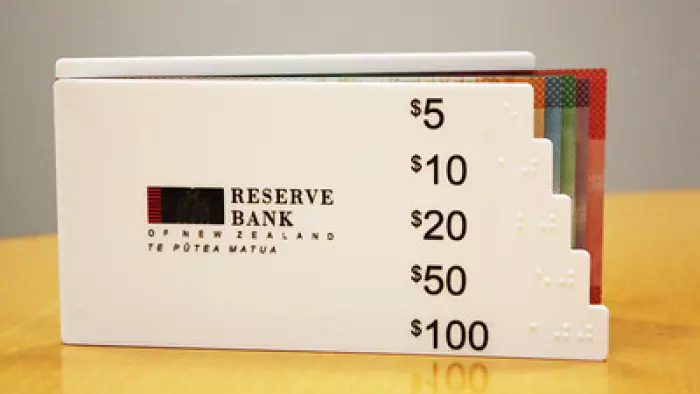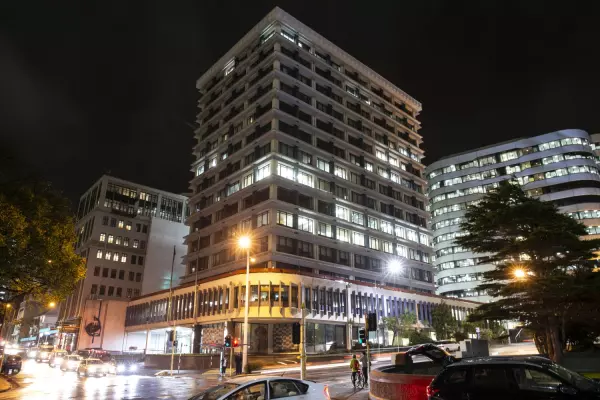The central bank could hold off on cutting the official cash rate into negative territory to wait and see what the impact of its funding-for-lending programme is.
The monetary policy committee has charged the bank with being operationally ready to launch a funding-for-lending programme by the end of the year.
The programme – which will essentially provide banks with funding at the official cash rate level – is aimed at giving banks alternative, cheaper funding, allowing them to lower retail lending and term deposit rates.
The official cash rate is currently 0.25 percent.
“We could launch a funding-for-lending programme by itself and see the impact that has on funding costs, and how much that gets passed on, where the economy is at, how it’s passing through,” assistant governor Christian Hawkesby said at a media briefing.
“A funding for lending programme can help lower funding costs and that in itself is going to have a direct impact, even without a negative official cash rate,” he said.
However, chief economist Yuong Ha said, “fundamentally, it's conditional on the economic outlook and what is the amount of stimulus that’s needed to support the recovery".
May need to go negative
While both said it was possible to use the funding-for-lending programme without a negative OCR, neither of them downplayed the possibility the cash rate could go into the red.
“Given that structurally our retail rates seem to be higher than around the world, we may need to go into a negative OCR territory to get rates down. That might not be the equation that the Australians are facing," said Ha.
The fact retail rates are relatively high also means that, even if the OCR goes into negative territory, retail rates won't.
"Retail interest rates in NZ are sufficiently high that there's headroom for them to fall and for there to be a lot of stimulus that's provided by that," said Hawkesby.
In terms of the potential negative hit to term deposit rates, he also said NZ’s rates are high relative to the rest of the world.
“If you look across the global landscape, if you look at Australia, which has the same cash rate as ours, their equivalent term deposit rates are sitting close to half a percent, even lower again in the UK and Sweden,” he said.
“We are in an environment where we think, over the next two to three years, we are going to have very low inflation, very weak inflation pressures, bouncing along the bottom of the range if not below, said Hawkesby.
That is coupled with a weak labour market, with employment well below maximum sustainable levels.
“This is a very clear signal in terms of the dual mandate that we need to be providing stimulus.”
Detail in November
Hawkesby said the bank is currently designing the funding-for-lending programme and expects to provide more detail at the November monetary policy statement.
“That doesn’t necessarily mean we will be launching the day after that,” he said.
While he said nothing has yet been finalised, the aim will be to ensure it is as simple as possible to ensure maximum take-up.
“If you design something that’s too complicated, becomes too much of a compliance exercise, it puts banks off from using it,” he said.
He also didn’t give any indication of the size other than it would be “substantial.”
Regarding whether lower interest rates and the funding-for-lending programme will stoke the housing market, Ha said that the “worse situation we could face right now would be actually if we had house prices falling.”
Rising house and other asset prices means wealth rises, confidence is supported and people spend more, he said.
“Would you be dealing with the covid recovery and dealing with disruption in wealth through lower house prices?”
(This article has been updated to correct Yuong Ha's name to Ha on second reference)















